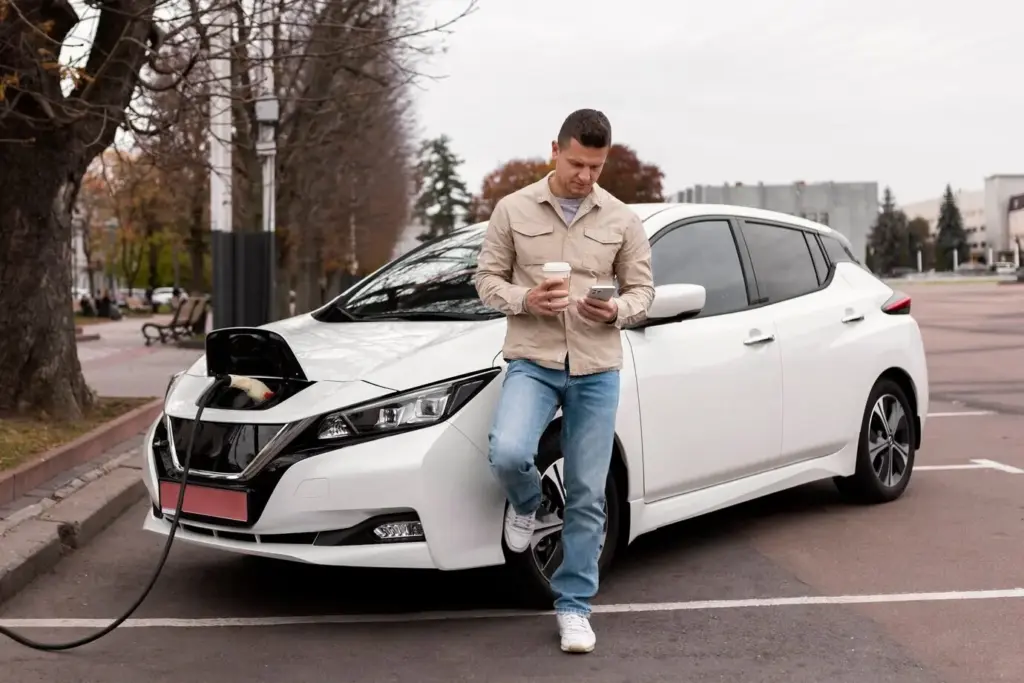Powering Remote Roads with Sun, Wind, and Smart Batteries
Off-Grid Reality: Constraints, Opportunities, and Reliable Charging
Reading the Land and Sky
A successful site assessment blends data and intuition: satellite irradiance maps, wind roses, shading surveys, soil stability, and access in all seasons. Consider drifted snow lines, monsoon drainage, and service truck turning radii. Document distances to emergency services, available cellular backhaul, and lightning exposure. These observations frame realistic performance expectations and influence hardware placement, foundation choices, and survivability during the year’s worst week, not its best afternoon.
Understanding Driver Behavior and Load Shapes
Charging demand is not uniform; it pulses with tourism calendars, school breaks, harvest schedules, and weather. Estimate dwell times, arrival clustering, and weekend peaks. Differentiate Level 2 top-ups from DC fast sessions that hammer peak power. Model conservative state-of-charge arrivals and worst-case queueing. Shape your design around probability, not hope, using buffers, demand management, and queuing strategies that convert unpredictable traffic into manageable, serviceable energy windows.
Permits, Safety Codes, and Trust
Safety is credibility. Engage local authorities early to align on NEC articles, grounding, clearances, ADA access, and signage. Plan for lockable disconnects, arc-flash labeling, and remote monitoring that satisfies both insurers and first responders. Share emergency shutdown procedures with the community. Document wind load ratings and wildlife-safe cable management. Compliant details earn public trust, smooth inspections, and reduce downtime when storms or curious animals test installation discipline.
Crafting the Generation Mix
Batteries, Storage, and Resilience
Architecture and Control Intelligence
DC-Coupled Flow for Fast Charging
DC coupling reduces conversion steps by routing PV into a shared DC bus that feeds storage and high-power chargers. This can improve round-trip efficiency, especially during midday surges. However, ensure charger compatibility, robust protection, and bus voltage coordination. Provide fault isolation so one failure does not collapse the system. When combined with predictive controls, DC architectures deliver crisp response to sudden session starts without overtaxing inverters with needless AC conversions.
Smarter Harvest With MPPT and Layout
Partial shading from canopies, signage, and seasonal sun paths rewards thoughtful stringing and multiple MPPT trackers. Lay out modules to minimize mismatch, separate orientations by inverter input, and keep conductors cool with tidy routing. Use bypass diodes strategically and monitor string-level performance to catch underperformers quickly. Field-adjust panel tilt where winter albedo and snow shedding matter. The result is steadier DC production that smooths downstream control and reduces storage stress.

